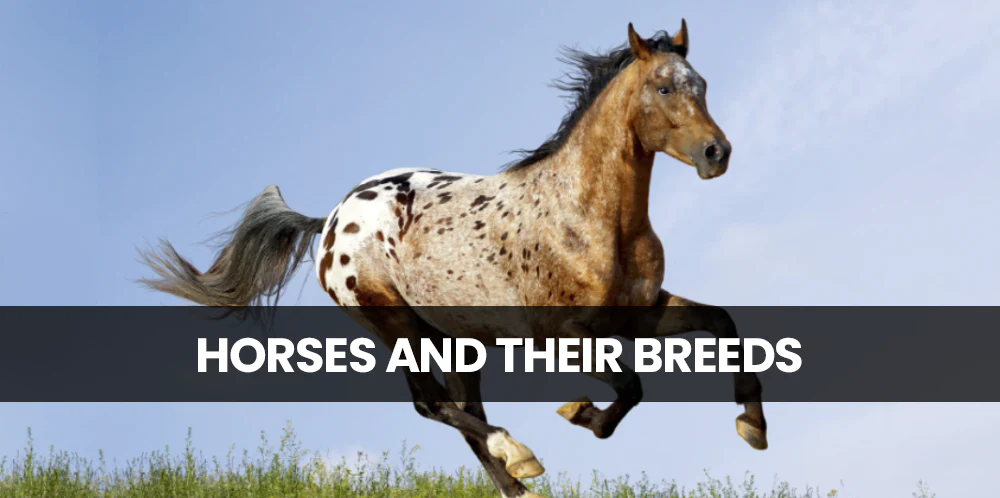Introduction
Today, there are many horse and pony breeds in existence that were developed and used for a variety of purposes. Horses of the Arabian Peninsula are known as Arabian or Arab horses. One of the most recognizable horse breeds in the world, the Arabian has a distinctive head form and a high tail carriage. Thoroughbreds often have long legs, slender bodies, and short backs. They are also tall and have little heads. They are used for show jumping and dressage in addition to racing because of their unique weight-carrying capacity.
“There are more than 350 breeds of horses and ponies in the world today, developed for many different uses.”
Around 2500 BC, traders brought the ancestors of the horse, who had come from Pakistan to Europe. Only a little number of purebred horses were retained as pets or warhorses due to their size, hence today's contemporary horse is descended from this original strain (they can weigh up to 300 kg).
The oldest breed of horse and one of the most recognizable horse breeds in the world is the Arabian Horse. These horses are renowned for their speed and endurance, and they have a distinctive head form and high tail carriage. They're renowned for their intellect and quick learning as well.
Horses of a specific breed known as thoroughbreds were developed in England. They possess a long, slender body, and lofty legs. They're suitable for racing, also as for show jumping and dressage because of their unique weight-carrying ability (a sort of riding) as stated above.
The Thoroughbred was intentionally selected to be strong enough to hold high weights without getting too slow or exhausted by racing all day, and since its speed, it's been utilized as a racehorse since the 18th century. As compared to other breeds like Shire horses, which mature later because their diets are less rich than those provided by farmers' wives themselves, the foal generated by such breeding will grow swiftly because it's been fed on rich food from birth.
“The majority of the blood in standardbreds comes from thoroughbreds, but they even have a sizable quantity of blood from other breeds from throughout the world. They need higher body mass overall and are shorter and stockier than Thoroughbreds. Within the late 18th century, they were principally raised in North America for harness racing.”
Standardbreds were developed to travel quickly and continuously; they do not trot like Thoroughbreds when moving forward on their own two feet (i.e., "walking"). This is often due to the breed standard that dictates that during races, a horse's speed should be maintained; but, if necessary, certain horses can still gallop faster than others!
Standardbred racehorses typically weigh 1,600 pounds (725 kg) and reach 15 to 16 hands tall.
“Stocky horses with short backs and powerful hindquarters, Quarter Horses can accelerate quickly over short distances when starting from a standstill. They're highly suited to sprint events up to 1 / 4 mile because of these characteristics (400 m).”
Although horses have existed for a long time, they need to be selectively bred to generate many breeds with varied characteristics. As an example, modern racehorses are bred to be swift and tall. They even have long tails so they can hang upside down by their tails while galloping across rugged terrain, which helps them balance when racing at high speeds.
Since the start of time, warriors have utilized horses as mounts; these animals were frequently trained so that they wouldn't become frightened or run away during fights (which could result in injury). Furthermore, military leaders would choose particular breeds based on how well they repelled enemy forces: some were stronger than others, but all shared characteristics when it came to avoiding adversaries that wished nothing more than to conquer your territory!
Our history, culture, and society are all deeply rooted in horses and therefore the breeds that make them up. They function as a tangible representation of our love for animals as a species.
As it is evident that horses are so important in so many aspects, so is their protection and careful handling. For that, correct gears & equipment come into picture that should fit them well and should be comfortable enough for their movement. Here, The Ahva comes into picture since they are into leather industry since the 1970s and manufacture top-quality horse equipment like bridles, halters, breastplates and martingales. To know more about them, visit theashva.com.













